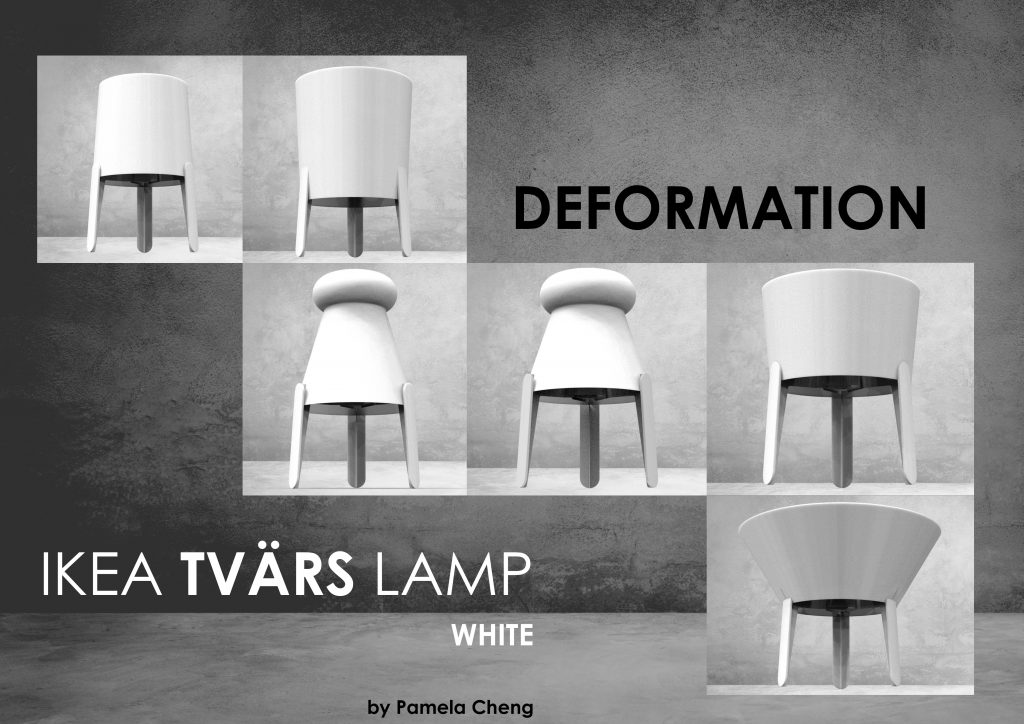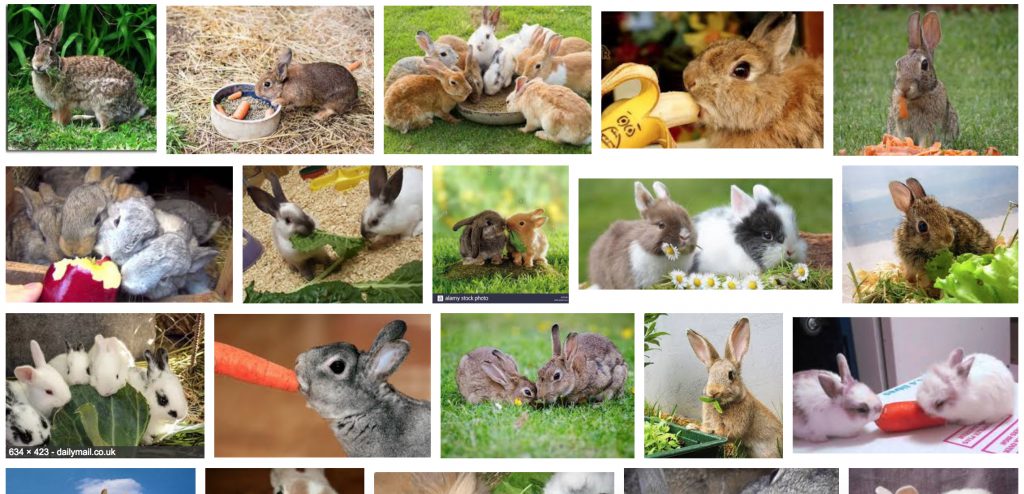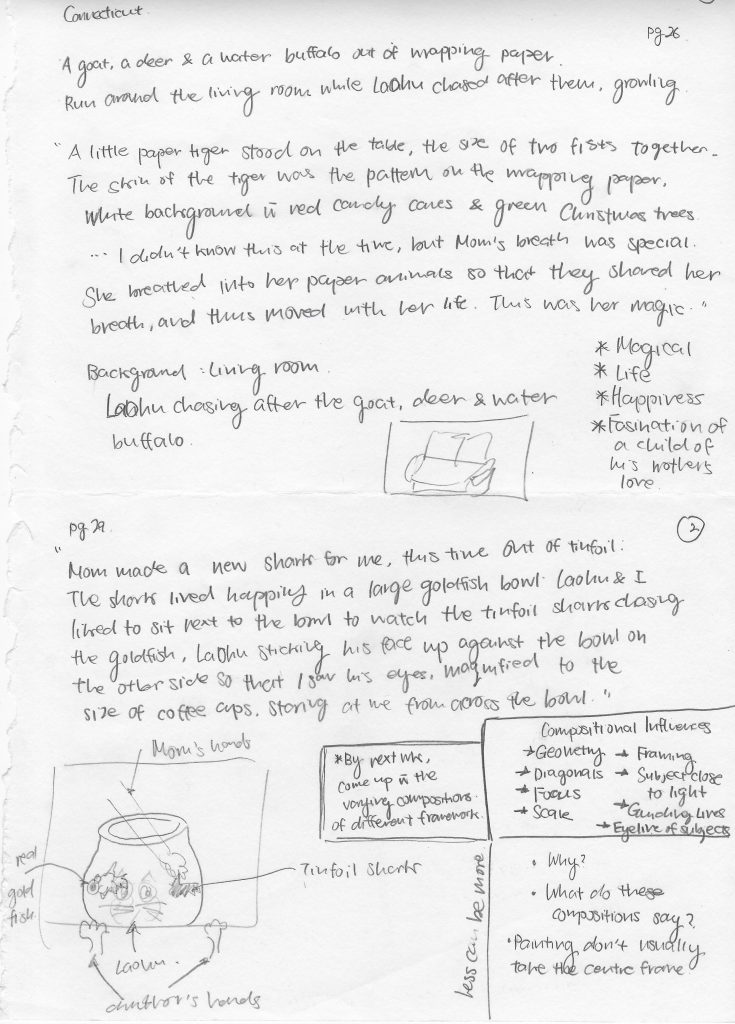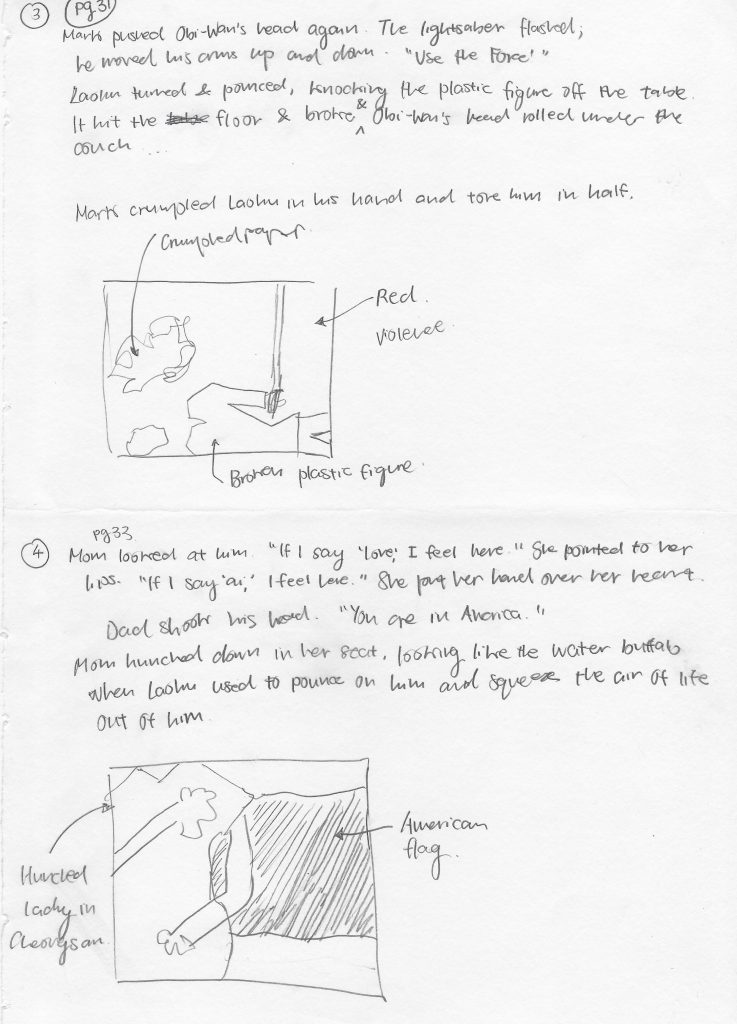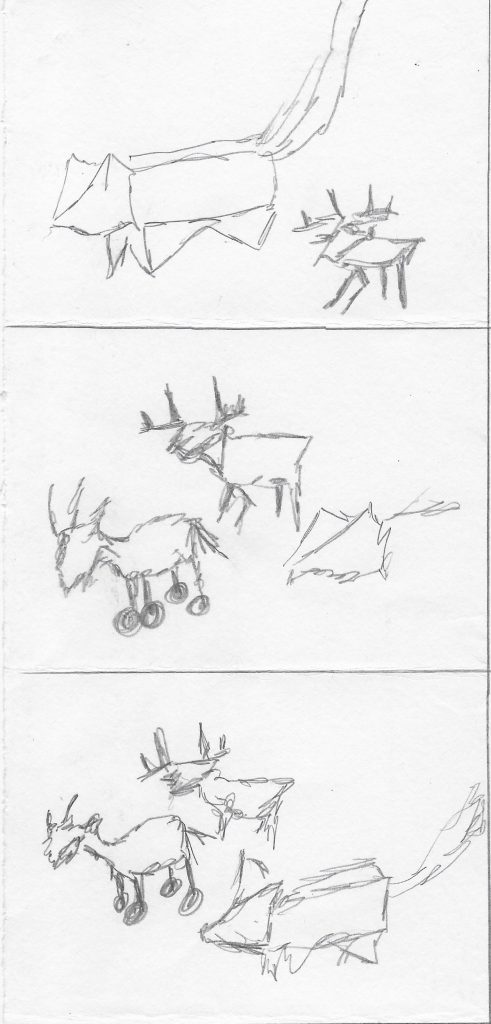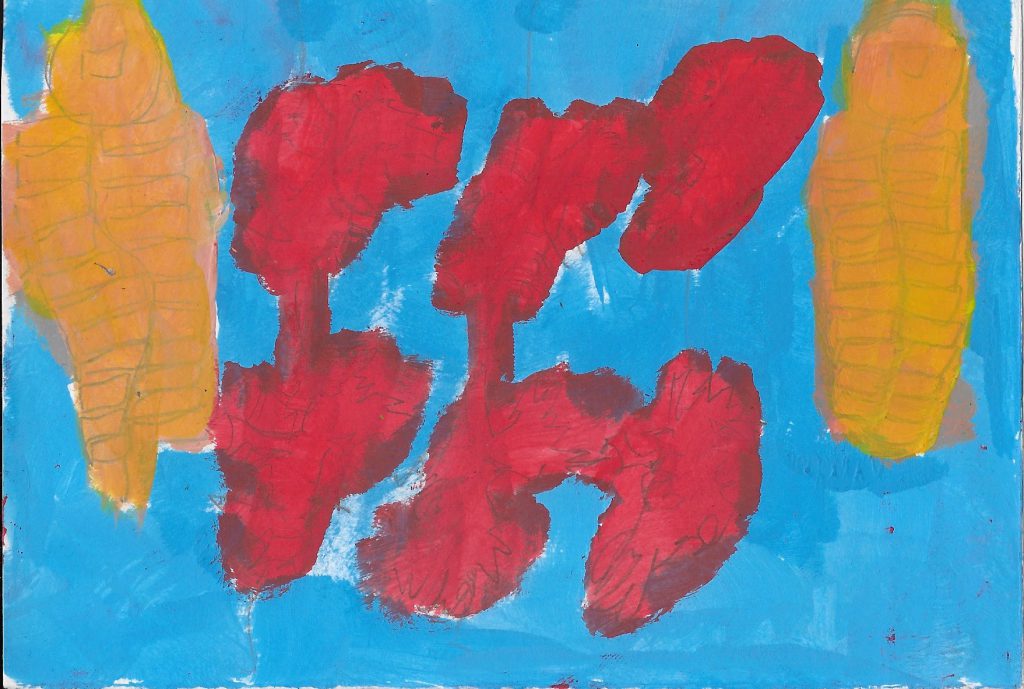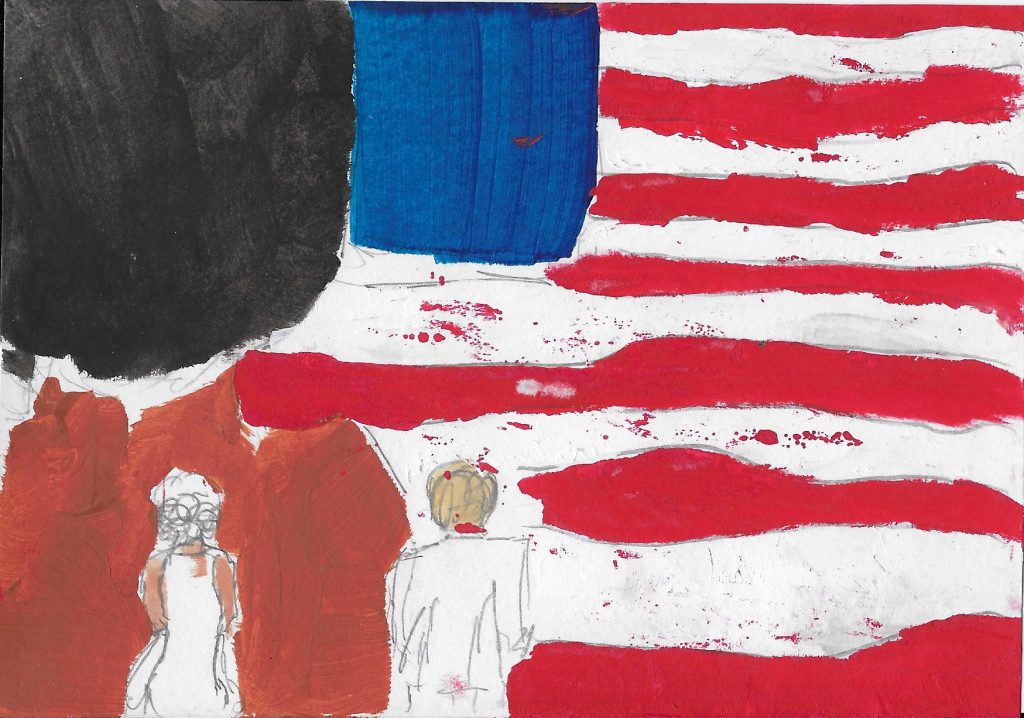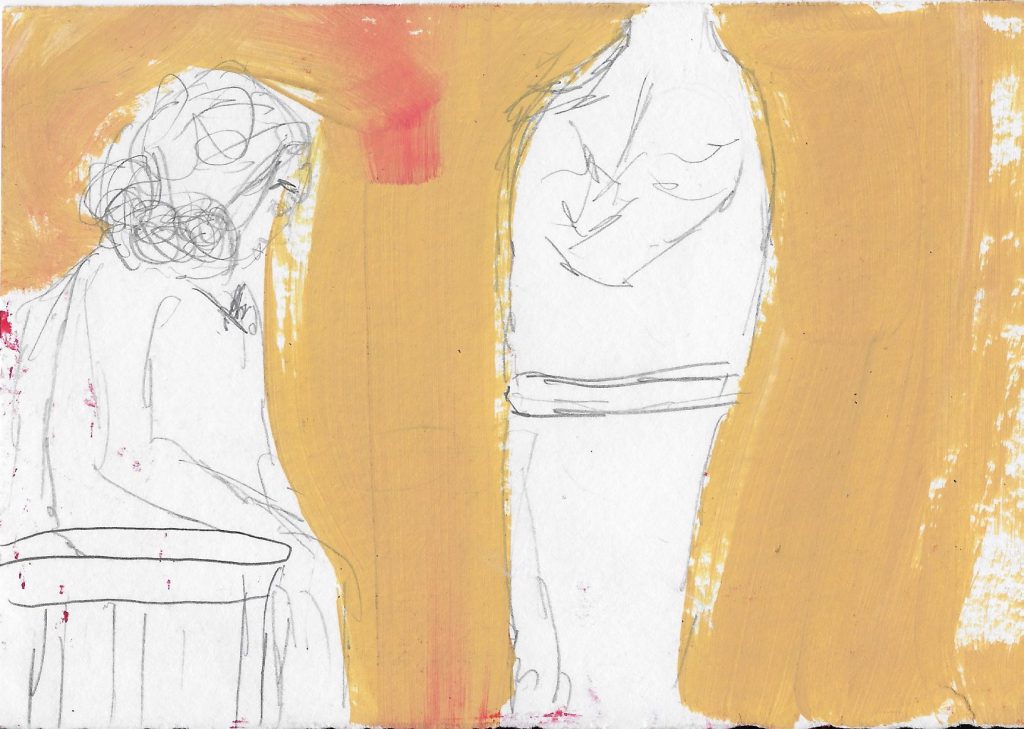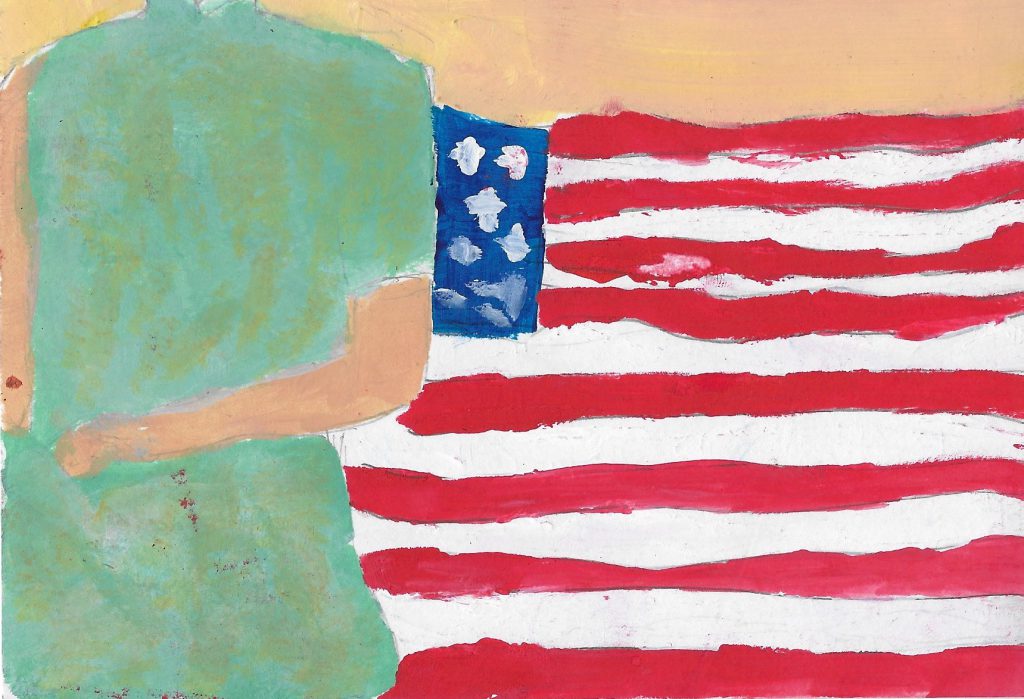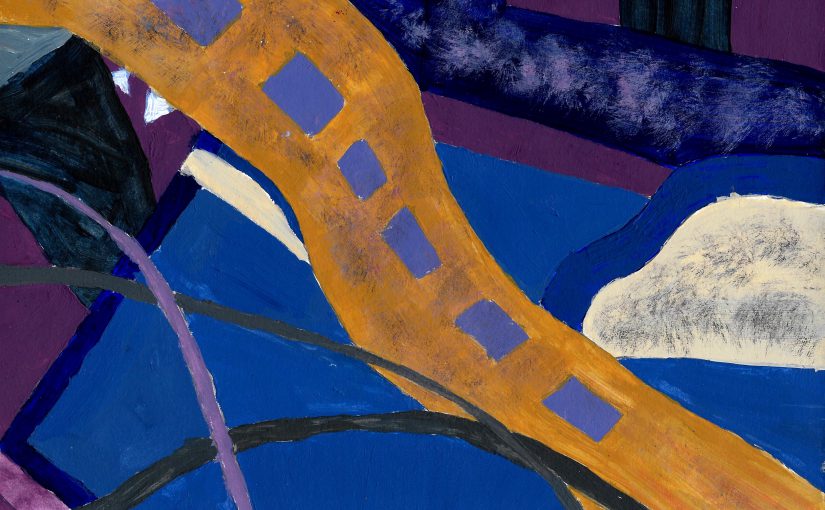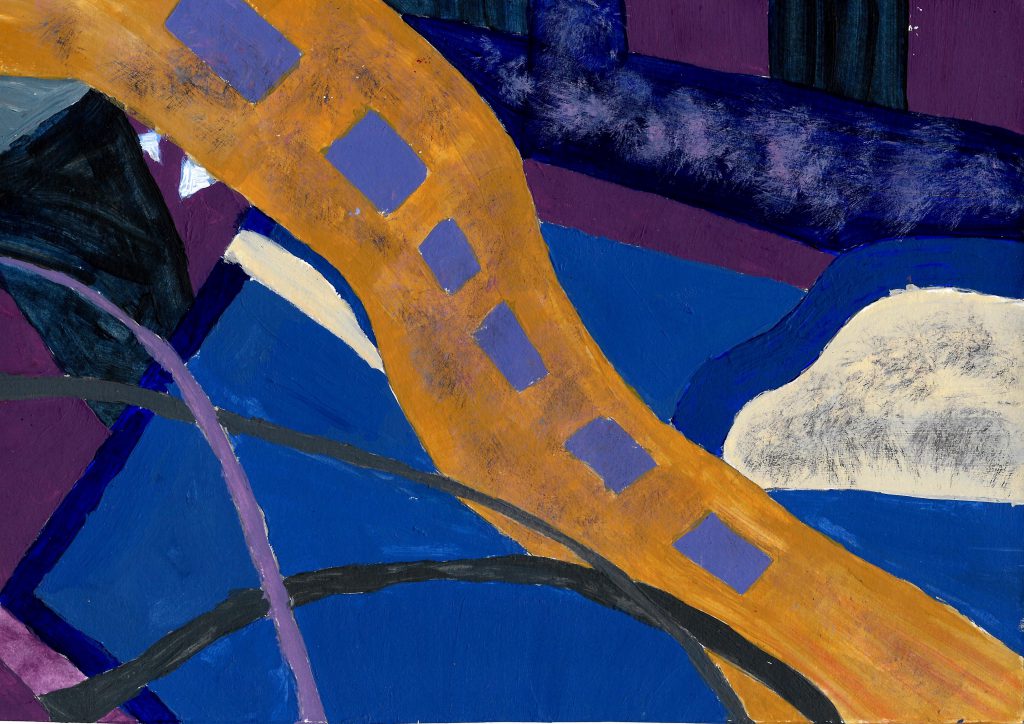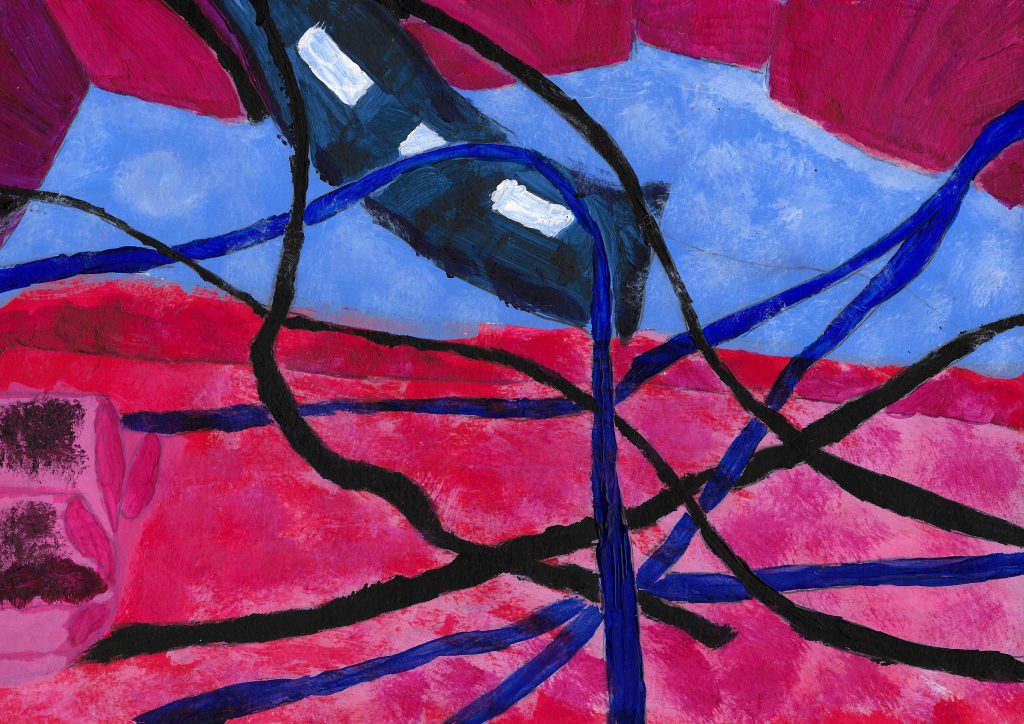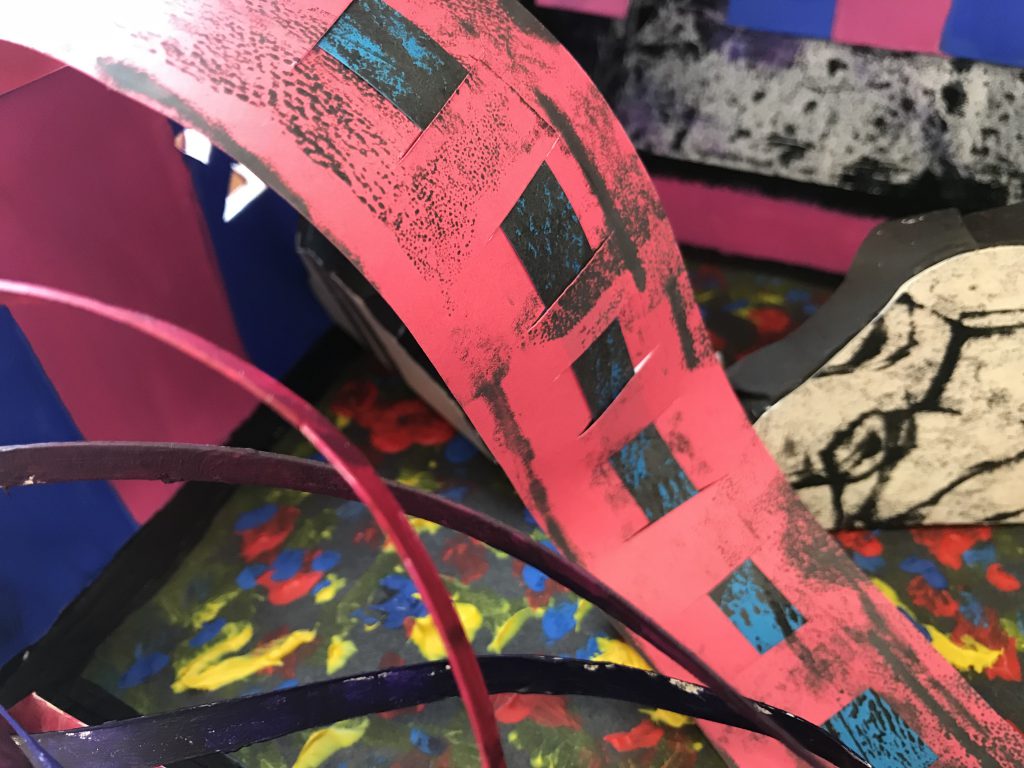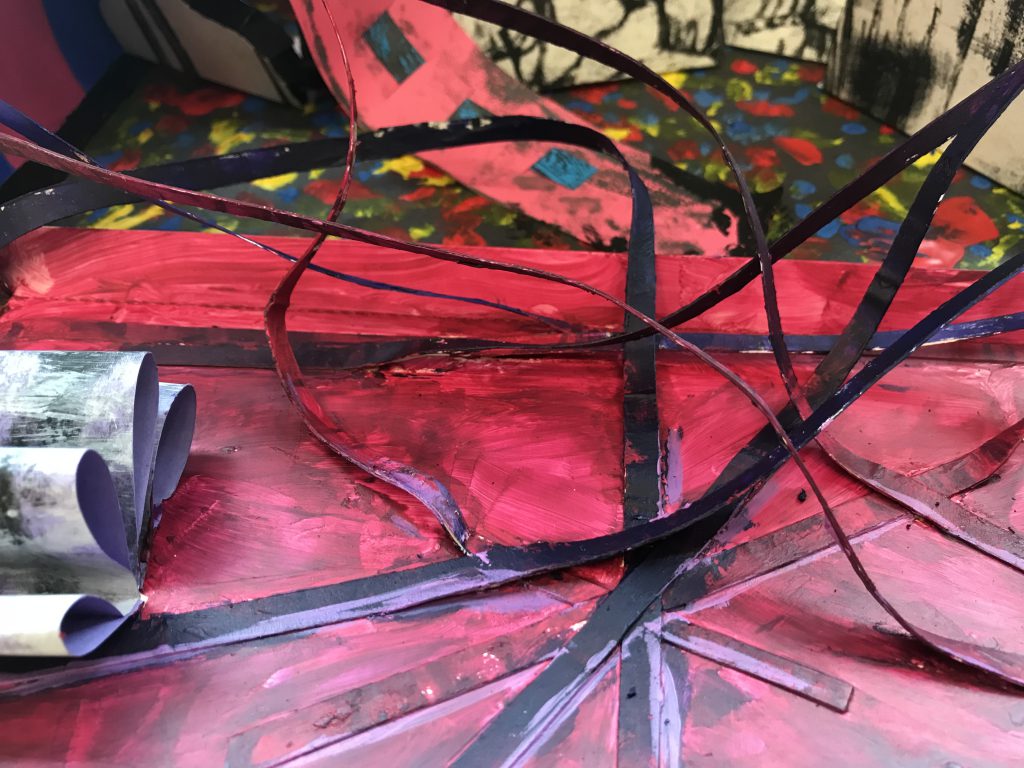Reading Assignment (II) for DM2000: Interactive I
- Book Title: Information Arts – Intersection of Art, Science and Technology
- Author: Stephen Wilson
- Year of Publication: 2002
"Technological imagination and scientific inquiry were themselves a kind of poetry – a revolutionary weaving of ideas and a bold sculpture of matter to create new possibilities." – Stephen Wilson
Information Arts by Stephen Wilson is a book which examines the relationship between the arts and scientific and technological research. It seeks to draw a mutually beneficial relationship between the two fields – the arts, and science and technology, through existing works of artists, and establishes this relationship’s high propensity of proposing new frontier creative innovations.
Historically, the arts and sciences were united. Leonardo da Vinci is an example of an art-science practitioner pre-Renaissance. It was only during the Renaissance (15th and 16th century) period that specialization was introduced in the West. This era of specialization segregated the arts and the science. Specialization was then further enforced by British Scientist C.P. Snow in the 1960s, who developed his influential “Two Cultures” theory.
Even before I read Information Arts by Stephen Wilson, I always had a keen interest in exploring the intersection between what is conventionally known by the modern world as mutually exclusive fields – the arts and the science. I struggled to have to identify myself as an ‘either or’ student of the arts or the science. Rather, I identified myself as both.
I thought ‘Why can’t one be good in both the arts and science?’ ‘Why can’t one learn from both areas of ‘specialization’ and create something that uses the expansive knowledge of these two fields?’
Information Arts is a book that comforts my thoughts. It encourages me that this intersection is not impossible. In fact, research, studies, and real-world application using the combination of these two fields have already started.
The content of the book allows me to see more in-depth from an academic perspective on how one can use and start to bring back the original complementary relationship of the arts and the science. It proposes the similarities of these two fields in the modern world:
- Both value the careful observation of their environments to gather information through the senses
- Both value creativity
- Both propose to introduce change, innovation, or improvement over what exists
- Both use abstract models to understand the world
- Both aspire to create works that have universal relevance
(Similarities of the arts and science taken from Information Arts, pg 18)
One artwork cited which stood out to me in Information Arts was Placeholder (1993) by Brenda Laurel and Rachel Strickland (click here to watch Installation Video):
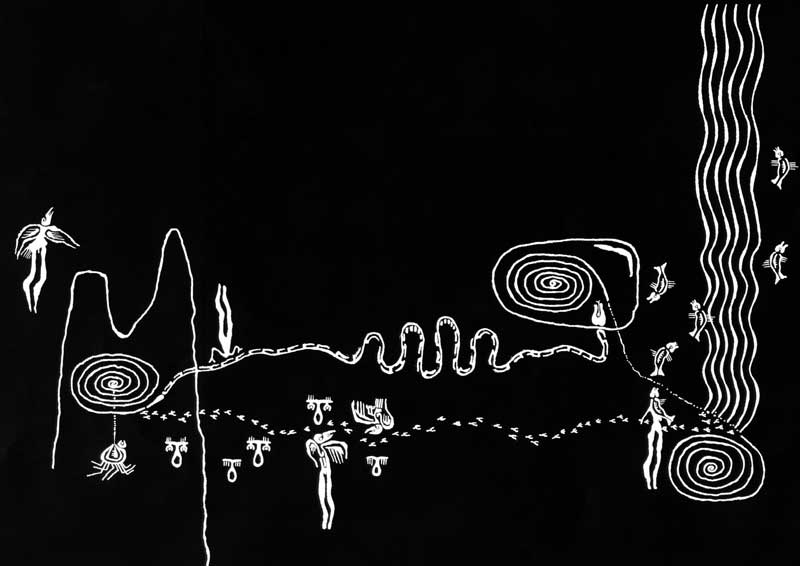
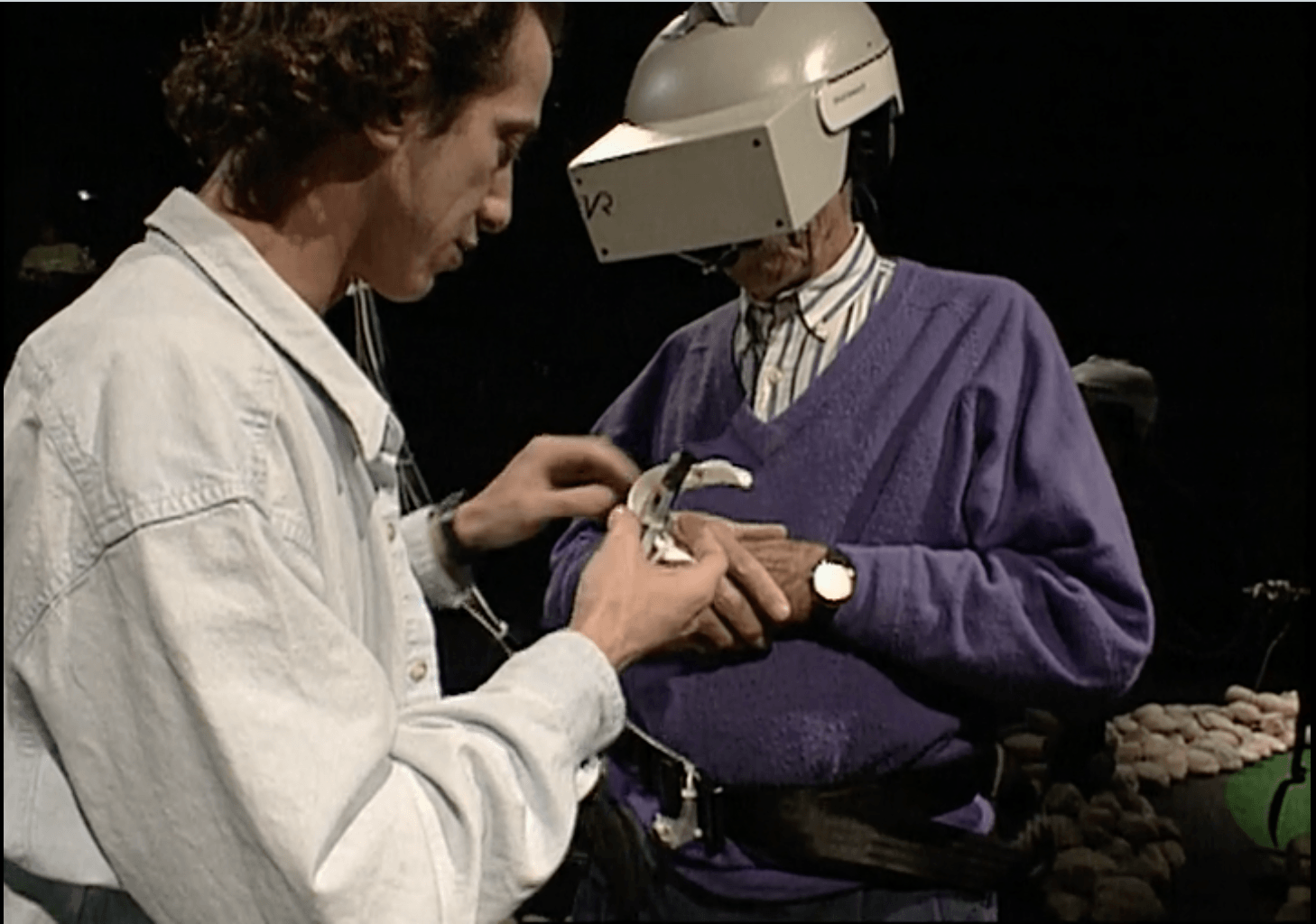
Placeholder was an installation which explored narrative action in virtual elements. The geography of Placeholder took inspiration from three actual locations in the Banff National Park – a cave, a waterfall, and a formation of earthen spires overlooking a river. Three-dimensional videographic scene elements, spatialized sounds and voices, and embodiment as petroglyphic spirit animals were employed to construct a composite landscape that could be visited concurrently by two physically remote participants wearing head-mounted displays.
(Description of Placeholder taken from Intersection Art, pg 695)
Laurel and Strickland based their VR work on complex understandings on how humans organize space… Their research include multiple simultaneous points of view, 3-D sound’s role in creating a sense of space, and the leaving of “markers” as a way to define space.
(Description on the methodology of Placeholder taken from Intersection Art, pg 696)
Placeholder stood out to me because what was art using the research of science and technology in the 1990s, became a commercial product that is used in households and industries for varying purposes such as leisure (in the form of gaming), or interaction (video calling). This commercial product is known as a Virtual Reality Headset.
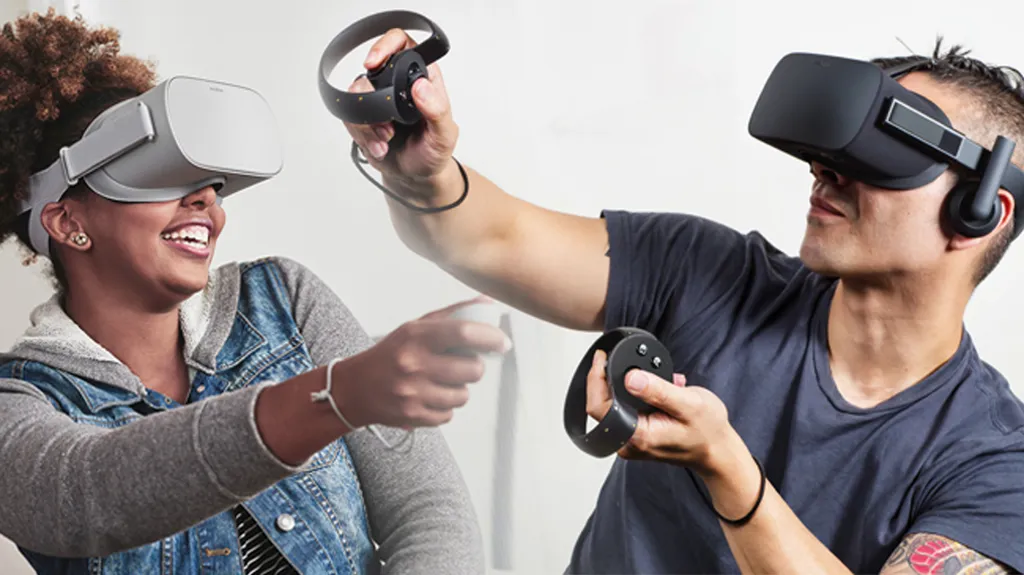
VR is but one of the many art-science installations that became a commercially viable product for the masses in the market. There is both art and science involved in the creation of the electronics, the user experience, and the plethora of services that could be based off it – different game environments, video calling platforms to bridge the geographical gap between loved ones, visualization of architecture et cetera.
"Artists should be hungry to know what researchers are doing and thinking, and scientists and technologists should be zealous to know of artistic experimentation. The future will be enriched if this expansion of zones of interest becomes a part of the definition of art and science." - Stephen Wilson
I agree with Wilson. When both the arts and science come together in agreement and unison, there will be even greater creative innovations and forms of expression created.
References:
Information Arts – Intersections of art, sciences and technology. The MIT Press. (2002) Stephen Wilson.





